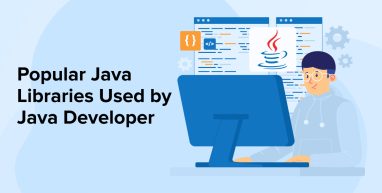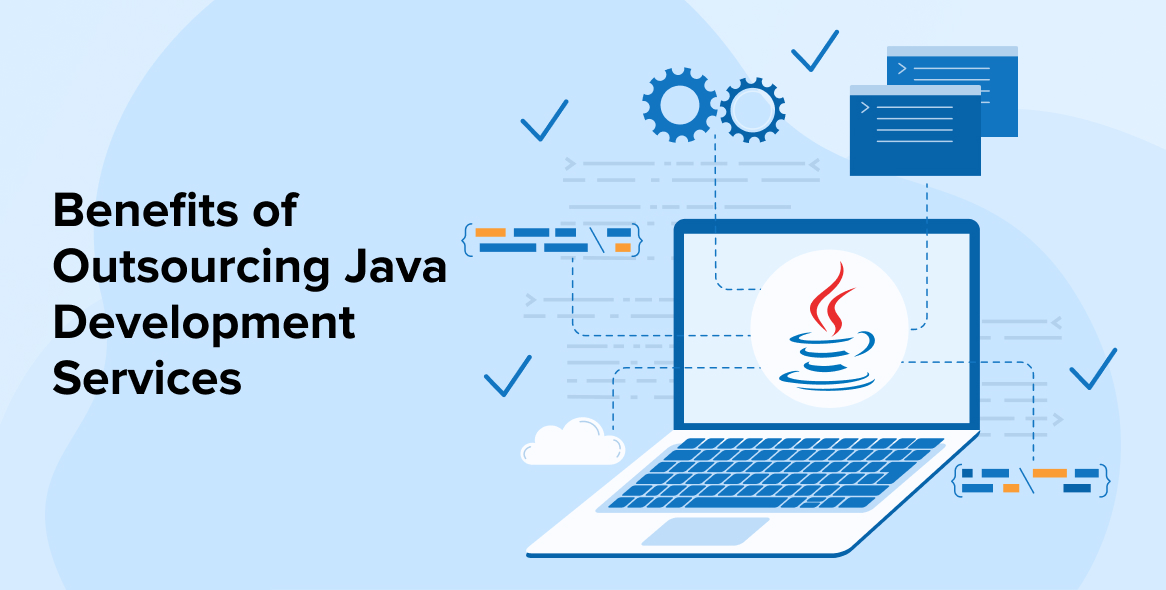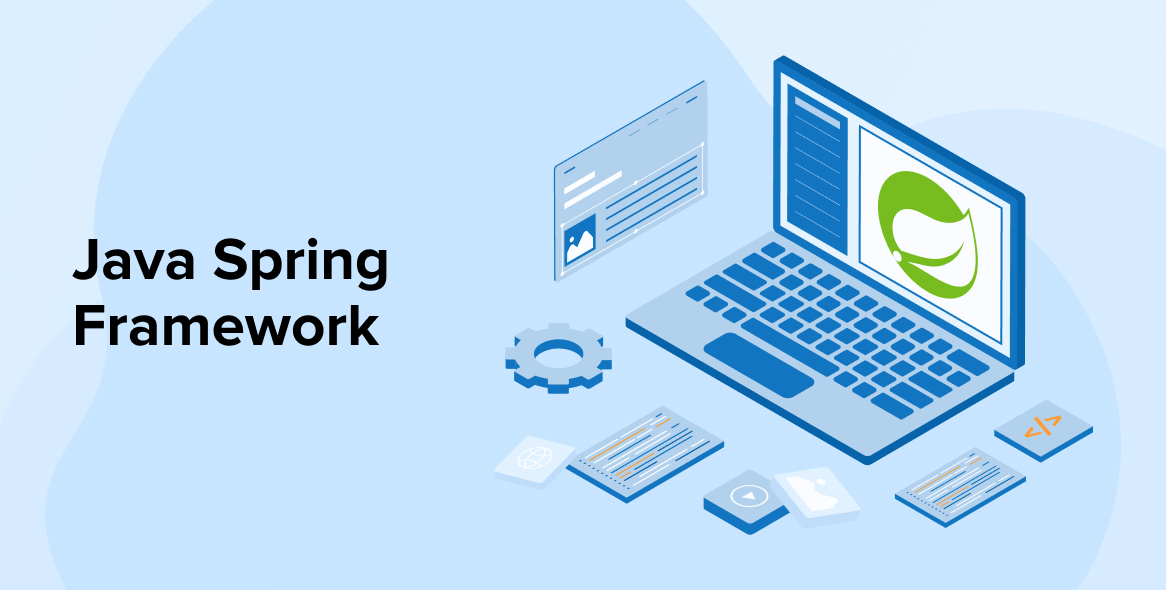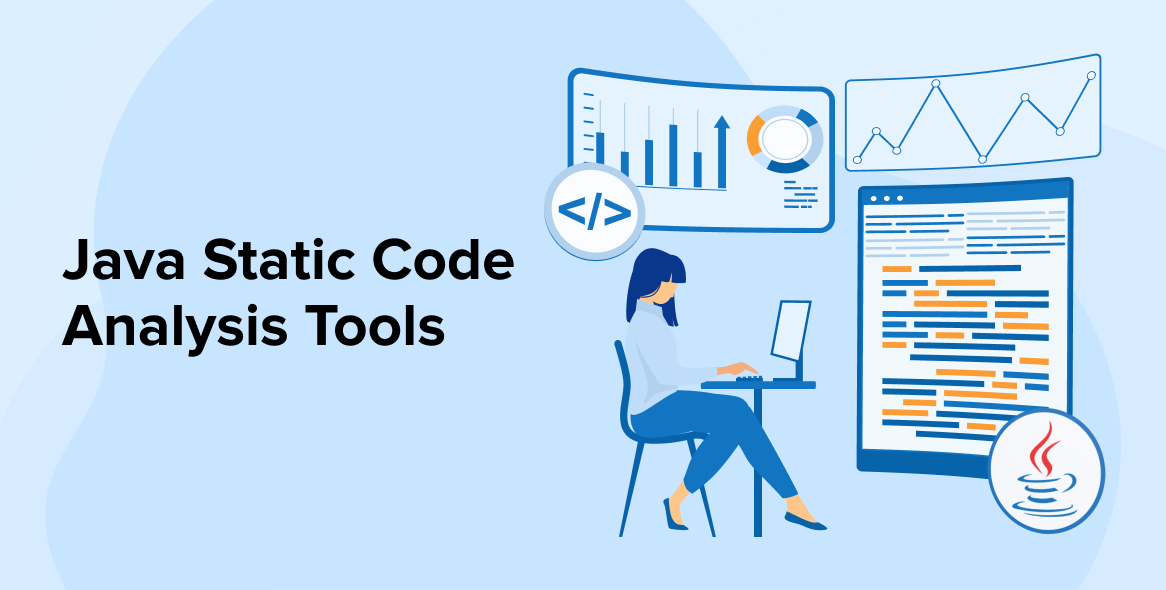
When it comes to building enterprise-level applications, Java is unmatched. It’s also among the best languages for developing software.
The extensive and feature-rich nature of the core Java libraries is one of the language’s defining characteristics. The standard Java library is robust, but for substantial software development, you’ll need access to other Java libraries. There are numerous sophisticated and useful libraries for Java because of its long history of development and widespread use.
For every Java developer, we’ve compiled a list of the top 10 Java libraries currently being utilized by Java applications across all industries. You will probably require most of the Java libraries recommended below, regardless of whether you are a Java development company developing software for an enterprise-grade project or an individual developer.
1. Top 10 Java Libraries
Apart from the basic libraries, Java has access to many more. Here are some of the most significant and widely used library collections:

1.1 Lombok

Lombok is an extensively utilized Java library that helps reduce or eliminate repetitive coding tasks. It’s a time and energy saver. Annotations alone help with code readability and compression. To brighten up the Java program, it is automatically integrating with integrated development environments and build tools.
Key Features of Lombok
- It cuts down on repetitive tasks.
- It eliminates repetitive coding by substituting user-friendly annotations.
- It improves the readability and maintainability of code.
- The use of Lombok has increased developer efficiency.
- It’s compatible with any major integrated development environment.
- Delombok functionality (re-incorporation of all boilerplate code) is also included.
- Facilitate null value validation with annotation.
- Easy maintenance.
- Securely fastening.
- Easy data entry.
- Concise data objects.
1.2 Apache Commons

A Swiss knife for Java programmers, Apache Commons is an extension of several Java Core libraries. The Apache Commons library is a great resource if you ever find yourself needing to create a utility class for your project. The 43 libraries that make up Apache Commons are specialized in areas such as Collections, Math, Classes, Database, Caching, and I/O Utils.
It’s practically the de facto official Java Standard library extension due to its widespread adoption. You are likely churning the wheel if you are engaged in a large project without using any Apache Commons libraries.
Key Features of Apache Commons
- Add-on for the Java Collections Framework.
- Statistical and mathematical aspects.
- JDBC Helper.
- Java Tutoring.
- I/O Services.
- Tools for Record Keeping.
1.3 Google Guava
Google Guava is the next open-source project started by Google with help from several non-Google experts. It has everything you need, including string manipulation, concurrency, and important collections. It is easy to use and well-designed, especially when compared to the Apache Commons library. When making a shared library or utility class, Google Guava is a crucial component. I/O utilities, string utilities, hashing, an extended Java collection architecture, and caching are some of Google Guava’s primary features.
Key Features of Google Guava
- Java collections framework extension.
- Accessory functions for input and output.
- Benefits of multitasking.
- String-related tools.
- Caching.
- Hashing.
1.4 JUnit

To find and repair defects in their code, developers may use JUnit to define test cases and execute unit tests. The purpose of unit testing is to verify the connection and behavior of a tiny application unit independently of the whole program. Furthermore, it frees developers to focus on the Test Driven Development feature, essential in making a robust and reliable program. To create and execute tests, many developers turn to JUnit, an open-source framework.
Key Features of JUnit
- Makes available annotations for finding testing procedures.
- Offers claims for verifying anticipated outcomes.
- Gives you access to test runners to execute tests.
- JUnit tests let you build better code more quickly.
1.5 SLF4J API Module

The Simple Logging Facade for Java (SLF4J) is an easy-to-use abstraction layer that allows users to plug in their preferred logging library during deployment (such as java.util.logging, logback, or log4j). It supports the bare bones of Java.util.Logging logging.
Other Java logging libraries also provide advanced signings, such as Log4j, Log4j 2, and Logback. SLF4J provides a layer or façade over many logging libraries, whereas the aforementioned libraries focus on technical implementation.
Key Features of SLF4J API Module
- Provides a level of abstraction over the base logging infrastructure.
- During execution, the logging infrastructure can be modified.
- All major logging frameworks are supported.
- Provides access to a library (slf4j-ext.jar) containing useful resources.
- Event logger to record events.
1.6 Mockito

Mockito is a Java library used for efficient JAVA application unit testing. Mockito may be used for testing anything from a simple web app to a large business Java application. The program provides a straightforward API that facilitates the maintenance of your Unit/Integration tests.
Key Features of Mockito
- Offers a simple template for stubbing.
- Includes partial mocking via spy.
- Annotation bases spy injection.
1.7 Jackson
If you need to encode or map Java objects to JSON or the other way around, go no further than Jackson, a widely used and highly effective Java-based library. It has become the standard data format for communicating between different programming languages. It also supports a wide variety of data types and formats, including Guava Joda, PCollections, and YAML in addition to Avro, BSON, CBOR, CSV, Smile, Protobuf, XML, and YAML.
Key Features of Jackson
- Streaming, annotations, and data-binding authority, as well as JSON support, are provided by the core modules.
- Avro, CBOR, CSV, Ion, Protobuf, Smile, XML, YAML, and so on-type data-specific modules.
- Kotlin native types.
- The JSON Mapping Standard.
- Normalized and compiled data.
- Allow for external data formats (including Yandex Bolts, GeoJSON, Lombok, MongoDB, and more).
1.8 HTTP Libraries
While there is little HTTP functionality in Java libraries, the java.net.package provides Java classes that can be used to establish HTTP connections. Additionally, HTTP Elements offers a set of Java components centered on the HTTP protocol and its related technologies.
Key Features of HTTP Libraries
- Supports both blocking and non-blocking I/O modes.
- Client-server services that only require minimal HTTP transport components.
- An asynchronous HTTP client that can manage several connections at once.
1.9 JAXB
XML, like JSON, is a widely used data format that can be read, written, validated, and sent. The Java Standard Library in Java 8 includes XML functionality, allowing developers to read and write XML documents. The JAXB library, introduced in Java 9, is where XML-related features and functionality have been relocated after its removal from the Java Standard library in Java 9. Support for all aspects of the W3C XML Schema, validation, and annotation-based Java-to-XML data binding are JAXB’s key features.
Key Features of JAXB
- Support for all features of the W3C XML Schema.
- Validation of data binding from Java to XML based on comments.
1.10 Hibernate

Many modern business tools have their roots in Hibernate, one of the first object relationship management (ORM) frameworks available for any language. It was originally developed to work with relational databases but now supports non-relational databases as well. It has a central module and several others that focus on certain functions.
Key Features of Hibernate
- Full-text search for domain models.
- Persistent domain models in relational databases.
- Persistence of domain models in NoSQL databases.
2. Conclusion
The best Java libraries for improving the software development process are those listed above. Programmers may save their efforts and time by reusing and integrating pre-written code modules. This also increases performance, code uniformity, and code reusability.
So, whether you’re a business owner or CEO of a medium to large company trying to expand internationally, developing Java apps is a great place to start. If so, you may employ our team of expert Java developers and be certain that your project will be developed, installed, and released on time and with cost-effectiveness.






This article highlights the extensive and feature-rich nature of Java's core libraries, which are a defining characteristic of the language. It delves into popular Java libraries in detail, exploring their features.